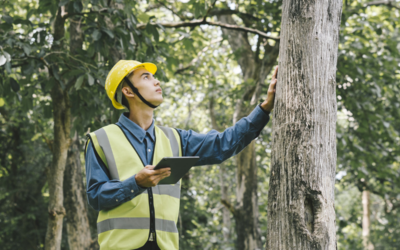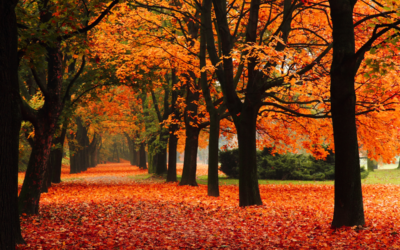Former United States Vice President Al Gore first sounded the alarm about global warming in 1976. Three decades later, some dissenters say it isn’t so. But now there’s proof that even the trees know it’s real.
This past August, the United Nations released its sixth Intergovernmental Panel on Climate Change written by more than 230 leading scientists from around the world. The report blames humans for global warming, warning that continued warming will lead to more and more extreme and unprecedented weather.
Climate change-fueled drought has weakened trees across the country. The confluence of stressors—extreme weather, storms, droughts, disease, and insects—kill the trees cell by cell, according to Nina Bassuk, professor of urban horticulture at Cornell University.
At a time when climate change is driving extreme weather, trees are the last defense. Trees lower urban temperatures as much as 10 degrees. But planting of trees isn’t keeping up with the loss of trees in urban centers. The 2021 report Declining Urban and Community Tree Cover in the United States calculates that American cities and towns lose the canopy of 36 million trees per year while impervious cover—buildings, parking lots, roads and more—are increasing.
Yet another report published in the Journal of Ecology in February cited tree mortality in subalpine Colorado forests has more than tripled since the 1980s.
In July 2021, CBS Channel 4 reported on the heatwave across the state that triggered the first excessive heat warning ever issued in Colorado. Intense, record–breaking heat leaves its mark on trees and shrubs.
Sunburn (just like people suffer) interrupts the photosynthesis process. Evidence of damage shows up when leaves on trees change color early or lose their leaves early. Extreme heat also contributes to trees losing their branches due to the wood getting soft.
Air pollution too can impact trees. Colorado was ranked the 5th-worst air quality in the world in early September. Air pollution directly damages living foliage, impairing photosynthesis and the ability to respirate. Air pollutants alter the ecosystem including soil chemistry and nutrient cycling.
In Colorado, researchers found that heat and drought are responsible for more than 70% of tree deaths measured over the past 37 years. Compare that to 23% of tree deaths due to bark beetles and only 5% due to wind damage.
Temperatures have risen by 2 degrees since the 1980s in Colorado. Warmer and drier climates make it harder for seedlings to take root to replace forest cover.
Act now to spare your precious trees from an untimely demise. Contact Donovan Arborists to give your trees a health checkup.



